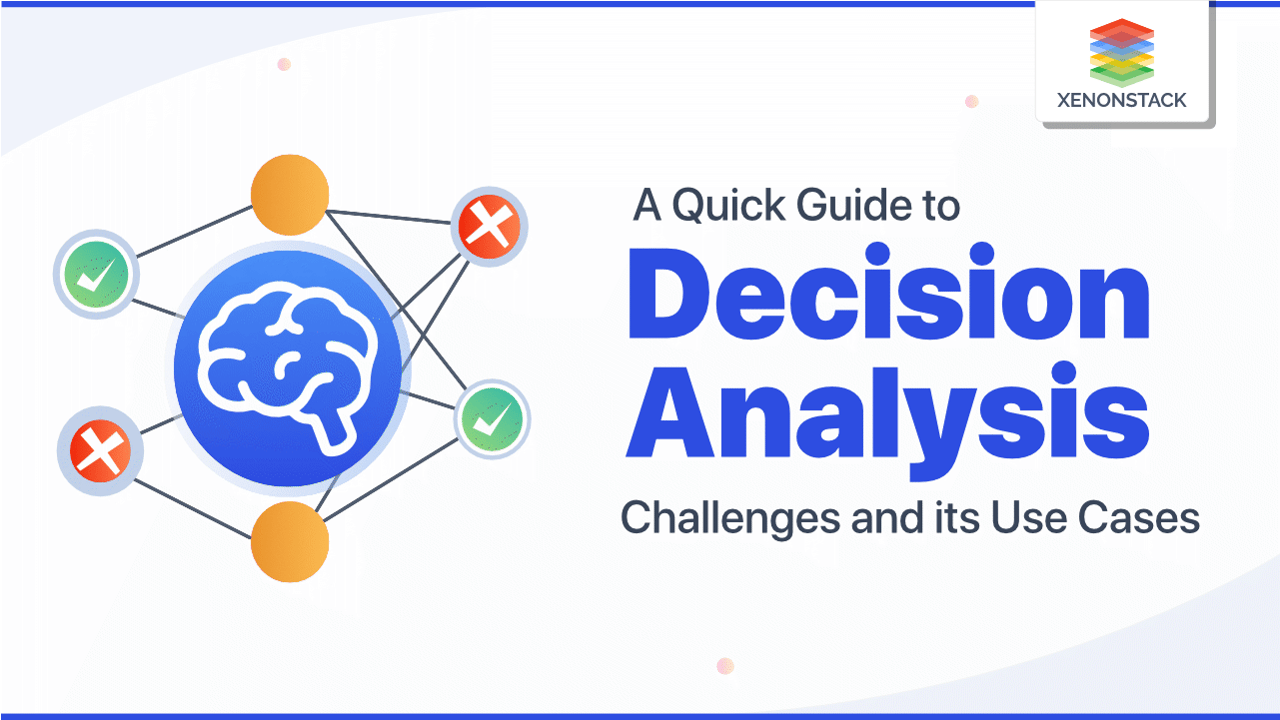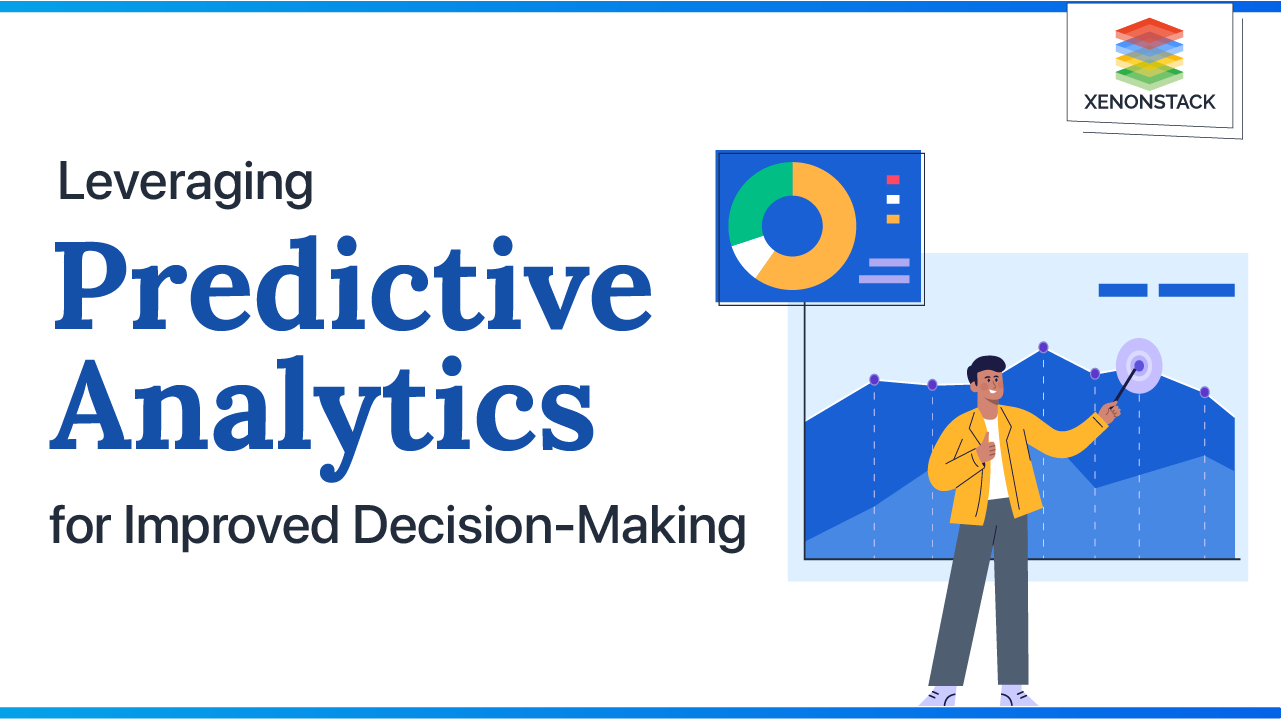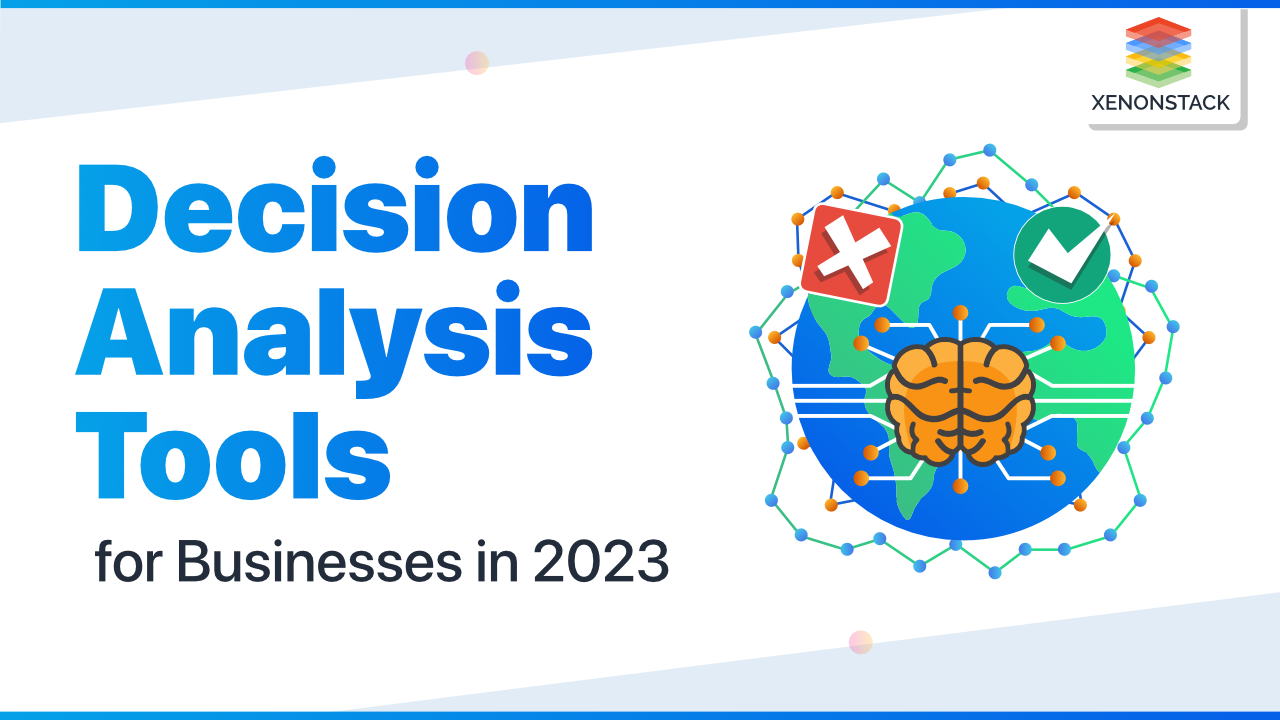
Introduction to Decision Analysis
Human beings make decisions at every step of their lives, but very few of them can analyze the consequences deeply. The purpose of decision analysis is to ensure that the decision is made by considering all the relevant factors, information, and options available. There are some areas where it plays a crucial role, for example, in Risk, Capital investments, strategic business decisions, etc. A company can use decision analysis to make a million-dollar investment decision, or a person can use it to decide his retirement savings.
Making decisions solely based on intuitions may not always be a good option. Feeling that something is right and deciding based on that gut may drown you. A more rational and sequential approach should be needed to make better decisions.
Organizations must make data and AI-based decisions to stand in the world of evolving technology and the competition phase. Click to know about Data Intelligence Benefits and its Use Cases
What is Decision Analysis?
A systematic, quantitative, and visual approach to computing and addressing the critical choices that various businesses face. It is used by various large and small companies while making decisions that include management, operations, marketing, capital investments, or strategic decisions.
The various approaches for making better decisions are listed below:
Systematic Approach
Decision analysis uses various tools to evaluate the information that will contribute to the decision-making process. It is mainly used to assess decisions made in the context of multiple variables or decisions with many possible outcomes and objectives.
Using data analysis aims to provide decision-makers with options/alternatives when attempting to achieve objectives for the organization while also considering uncertainties involved and providing measures of how well objectives can be reached if the outcomes are achieved.
Quantitative Approach
Uncertainties can be expressed as probabilities, and friction between conflicting objectives can be expressed as trade-offs. Therefore, objectives are viewed in terms of their worth and the expected value they will bring to the organization if they are achieved.
Visual Approach
Decision trees and influence diagrams are the visual representations that will help decision-making. Some of the examples of decision trees used by companies in their decision-making process are:
- Downsizing or expanding
- Succession planning
- Changing pricing models or the product offerings
- Expanding research and development
- Deciding whether to sell the business
- Relocating
- Outsourcing
Deep Learning algorithms mimic human brains using artificial neural networks and progressively learn to accurately solve a given problem. Click to explore our, Deep Learning: Guide with Challenges and Solutions
Why Decision Analysis is important?
-
It helps the business to understand multiple aspects of the problem, which results in a well-informed decision.
-
It allows the corporations to compute and model the potential outcomes of various decisions to make the appropriate decision.
-
It helps organizations improve the quality, accountability, and speed of decisions. It involves different procedures, tools, and methods for clearly representing the inputs and steps for decision-making.
How does Decision Analysis work?
To make a decision the following steps can be considered in a decision-making process:
Identify the problem
The decision-making process starts with identifying the problem or problems that need to be solved. After identifying the problem, look for the available options. For example, the company wants to invest money. There may be several investment options available, and decision analysis is performed to choose the best among them.
Research your options
After identifying the problem and looking for the available options, research them. This information will provide data that will help develop a decision model and measure the outcomes of the options. Try to look at the options from different perspectives/angles, such as associated costs, risks, benefits, trade-offs, etc.,
Create a framework
To evaluate the outcomes, a framework needs to be created. A framework can be created by establishing KPIs, which are measurements that track the progress of specified goals. These measurements are dependent on the goal. The framework can be qualitative or quantitative.
Develop a decision model
The framework can be combined with the decision model to illustrate and evaluate the options.
Find the expected value
After a model is developed, it is important to find the expected value to determine which decision result is favorable.
Explainable AI and its principle bring a change in the system's traditional functioning and explain the algorithm, model, and features it uses. Read here about Explainable AI in Healthcare Industry
What are the types of Decision Analysis?
The various types of Approaches to make better decisions are listed below:
Decision Analysis under certainty
In this scenario, the decision-maker knows which particular state of nature will occur and the consequences of each alternative, course of action, and strategy to be chosen. The conditions of certainty are very rare, and under such situations, the decision-maker should choose the course of action that provides him with the optimal payoff.
Decision Analysis under uncertainty
In this scenario, every course of action has various possible consequences, and the decision-maker does not know the probability. Compared to the previous case, this is a case of poor information, where the decision-making is complicated because past experiences do not make it possible to predict the future. Also, there are so many uncontrollable variables.
Decision Analysis under Risk
This case represents the intermediate situation between the previous two cases. Here, each alternative, strategy, and course of action has various possible consequences, and the person in charge of the decision-making knows the probability of each. The decision-maker can apply the decision-making model to make a practical decision.
What are the challenges of Decision Analysis?
There are several barriers and challenges faced in effective decision-making. To name a few, we have the following:
Bounded Rationality
Bounded rationality is the human decision-making process in which humans try to satisfy themselves rather than optimize the decision. Humans try to seek decisions that will be good enough for them instead of finding the best possible decision.
Time Constraints
There are situations when the outside circumstances pressure the decision-maker to make immediate decisions. Decisions taken under time constraints will not give enough time to collect information and make decisions, leading to ineffective decision-making.
Uncertainty
Uncertainty refers to the scenarios when the information is barely available. It becomes very difficult for the decision-maker to make the optimal decision when he does not know about the consequences of various courses of action, strategies, and alternatives.
Biases
People's most common error is trusting a wrong decision based on biases. It is a notion that a decision is made based on inherent beliefs and points of view.
Explainable Artificial Intelligence in manufacturing improves efficiency, workplace safety, and customer satisfaction by automating tasks. Click to know about Explainable AI in Manufacturing Industry
What are the use cases of Decision Analysis?
The use cases of Decision Analysis are described below:
Real Estate
In the real estate industry, a company is deciding whether it should have built a new shopping center in a location or not. In the decision-making process, the company might have examined several pieces of input, which may include traffic around the location on various days of the week at different times, the popularity of a similar shopping center in that area, preferred shopping habits of the area population, local competition, demographics, etc.
All these inputs can be involved in a decision analysis process, and various simulations can be run to help the company decide on the shopping center.
Product Launch
In the other example, a retail company has a patent for its new product, which is expected to make rapid sales for almost 2 years before becoming obsolete. The company wants to decide whether to sell the product immediately or build the in-house product. Each option has different opportunities, risks, and trade-offs that should be analyzed with a decision tree considering the benefits of selling the product versus making the in-house product. Within the decision tree, another branch can be added to consider the optimal selling price of the patent, costs, and benefits of producing the in-house product.
Conclusion
The fundamentals of decision analysis will help solve many problems, from complex business problems to simple everyday problems. Sometimes, while making decisions, you need to conduct research options or other analyses to determine the probabilities of each course of action. Also, you can assess your decisions based on the likelihood of its success and ensuring its potential value or by the likelihood of its failure and the corresponding potential loss.
- Discover more about What is Human-Centred AI?
- Explore about Ethical AI in Healthcare and its Principles



